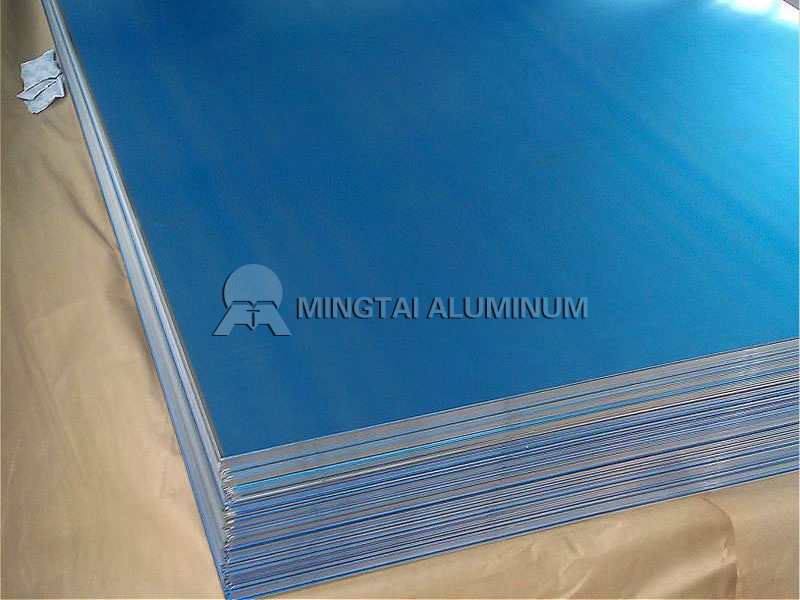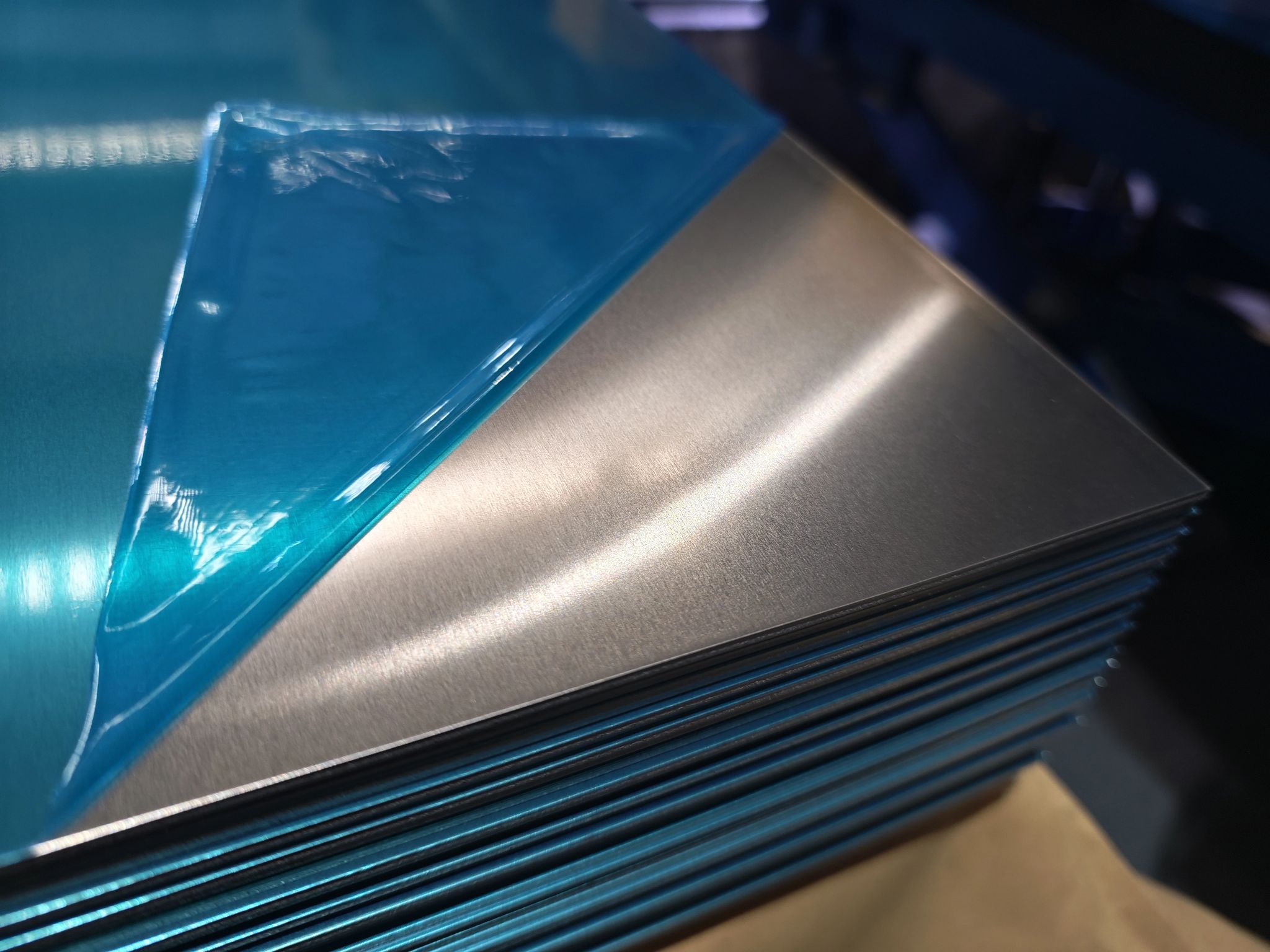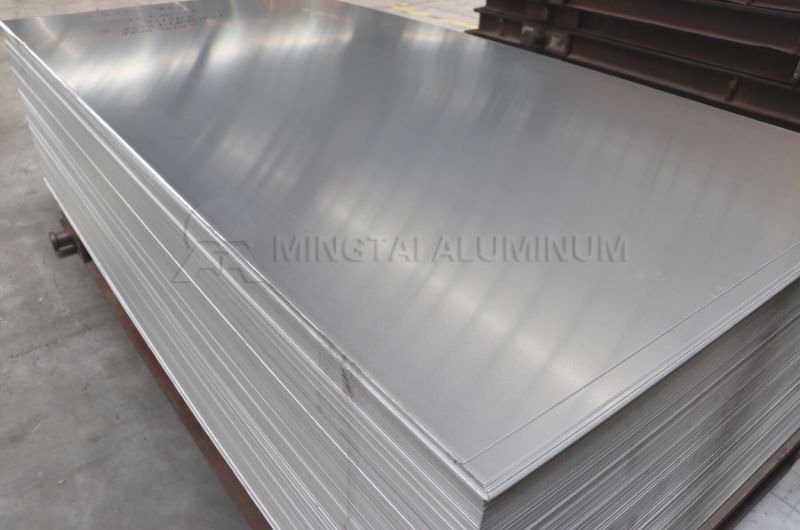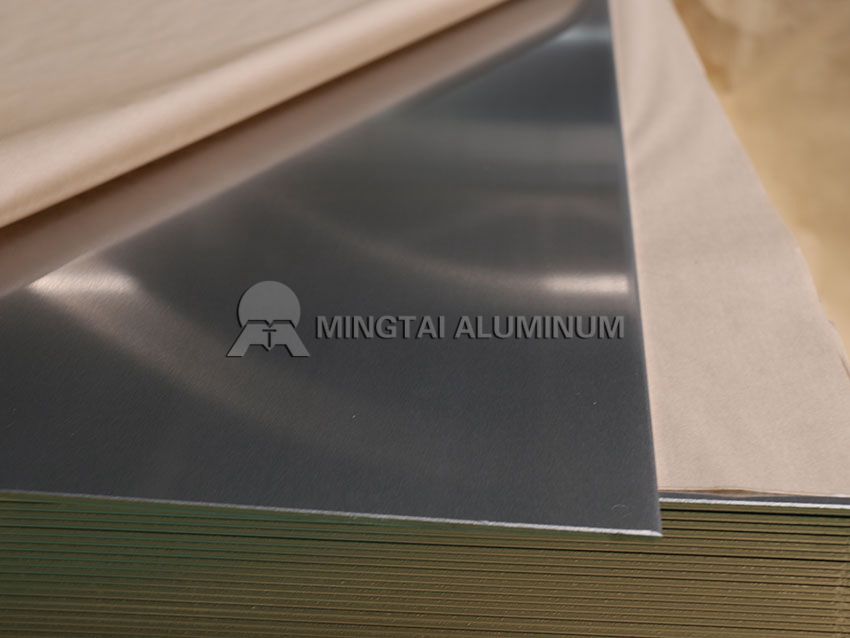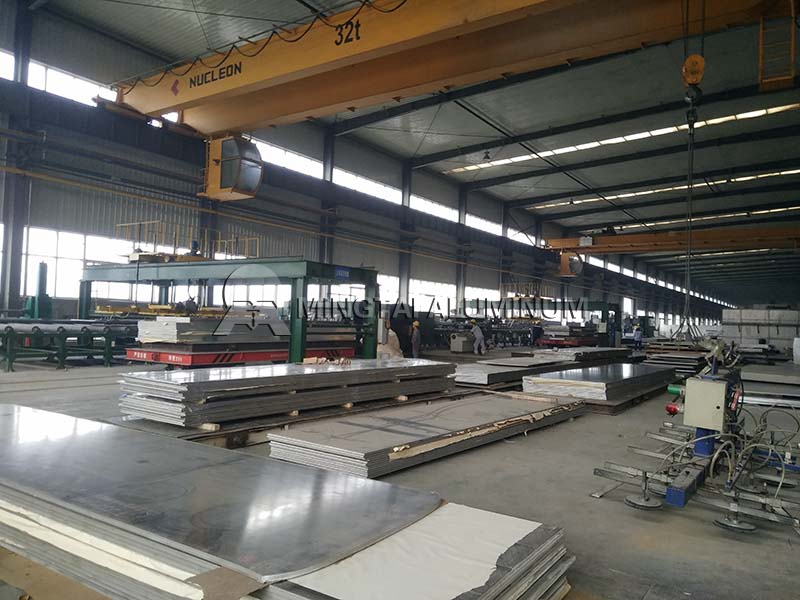
Eight elements that affect the performance of aluminum sheet
Sample: A4 Sized
Payment Terms: L/C,D/P,T/T
Delivery time: Within 15-30 Days
Email Us:sale06@mingtai-al.com
The eight elements that affect the properties of aluminum sheet are vanadium, calcium, lead, tin, bismuth, antimony, beryllium and sodium.According to the different uses of finished products,the elements added in the process of processing are different from the compounds formed by aluminum because of the different melting point and structure, so the effect on the properties of aluminum sheet is different.

The influence of copper element:
Copper is an important alloy element, which has a certain solid solution strengthening effect.In addition,the aging precipitated CuAl2 has a significant aging strengthening effect.The copper content in the aluminum sheet is usually 2.5% -5%, when the copper content is between 4% and 6.8%, the strengthening effect is the best,so the copper content of most hard aluminum alloys is in this range.
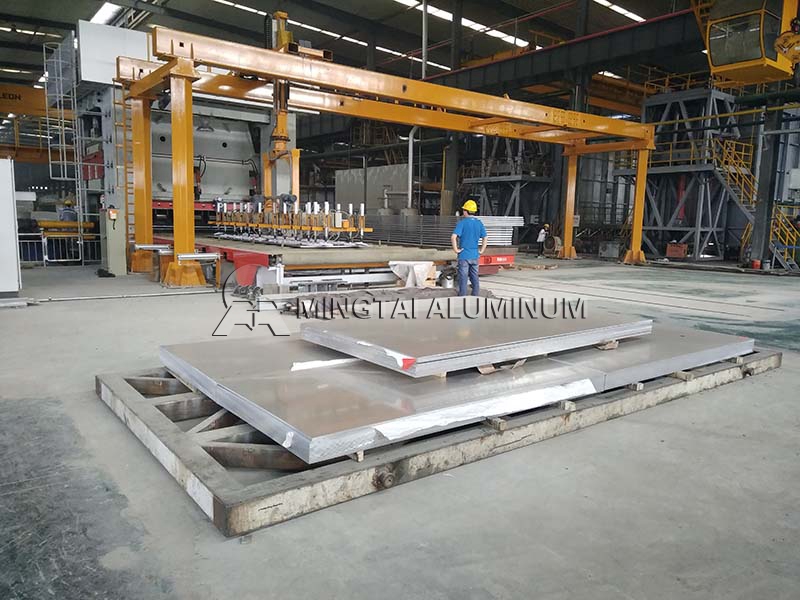
The influence of silicon element:
The maximum solubility of Mg2Si in Al-Mg2Si alloy equilibrium phase diagram is 1.85%, and the deceleration is small with the decrease of temperature. In the deformed aluminum alloy,the addition of silicon to aluminum plate is limited to welding materials, the addition of silicon into aluminium also has a certain strengthening effect.
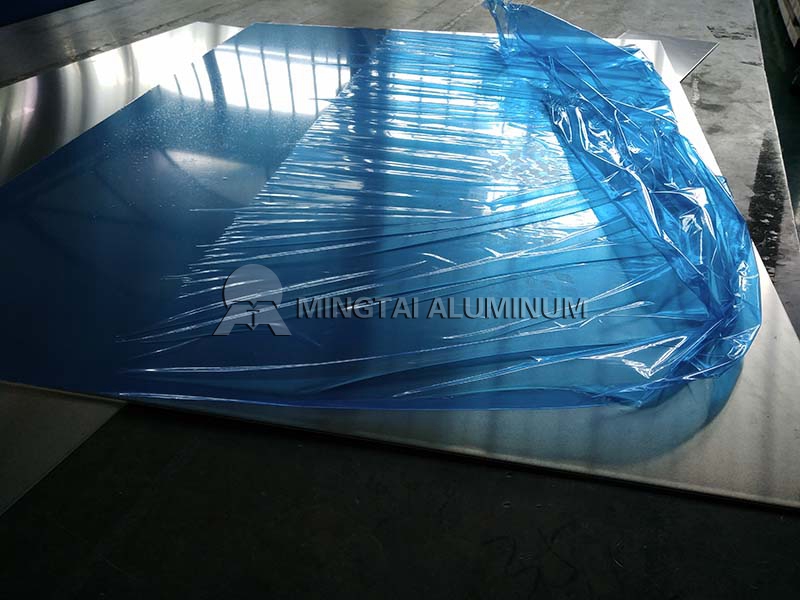
The influence of magnesium element:
The strengthening of aluminum by magnesium is significant.The tensile strength increases by 34 MPa for every 1% increase of magnesium.If less than 1% manganese is added, the strengthening effect may be added. Therefore, the addition of manganese can reduce the magnesium content. In addition, manganese can also make the average precipitation of Mg5Al8 compounds and improve the corrosion resistance and welding function.
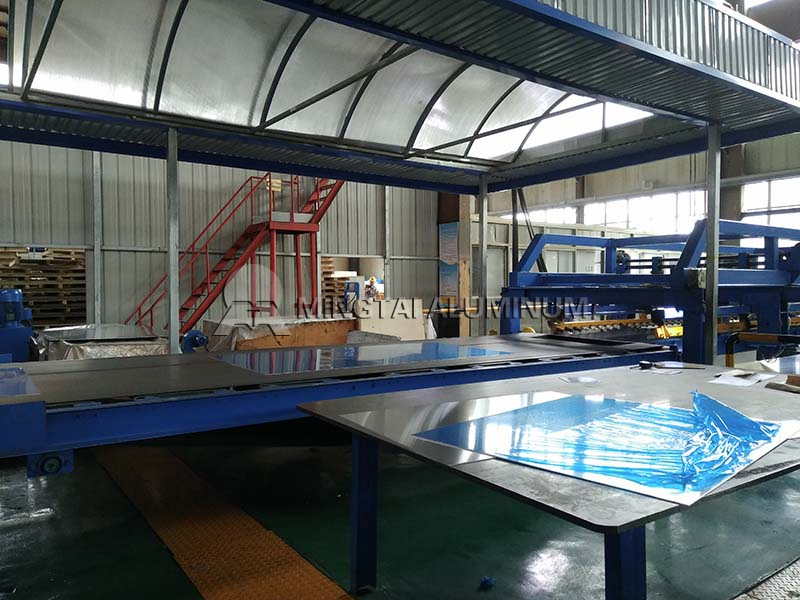
The influence of manganese element:
The maximum solubility of manganese in solid solution is 1.82%. The strength of the alloy increases with the increase of solubility. when the extensibility reaches the maximum when the manganese content is 0.8%. Al-Mn alloy long and short age hardening alloy,i.e. it can not be strengthened by heat treatment.
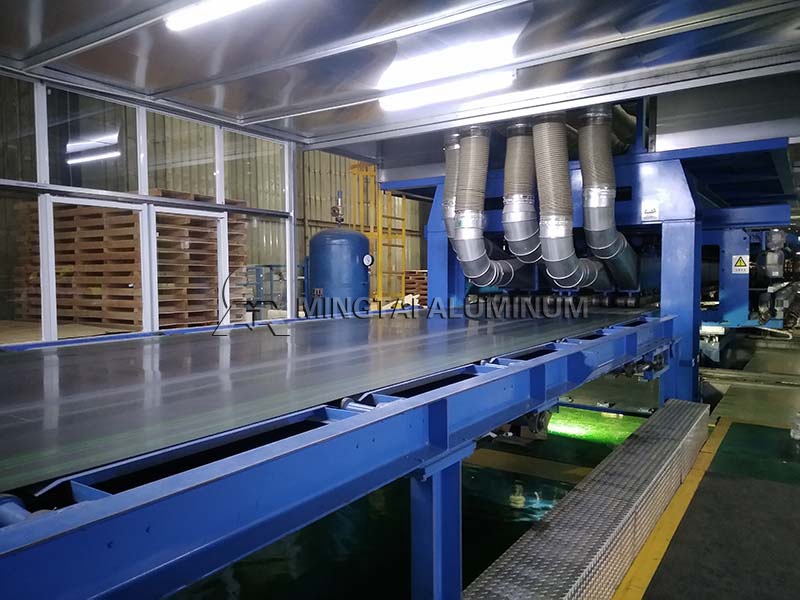
The influence of zinc element:
AlZn alloy system equilibrium phase diagram 275 shows the solubility of zinc in aluminum 31.6%,while its solubility decreases to 5.6%at 125. When zinc is added to aluminium sheet alone, under the premise of deformation, the progress of the strength of the aluminum alloy is very limited, at the same time, there is a tendency of stress erosion cracking,thus limiting its application.
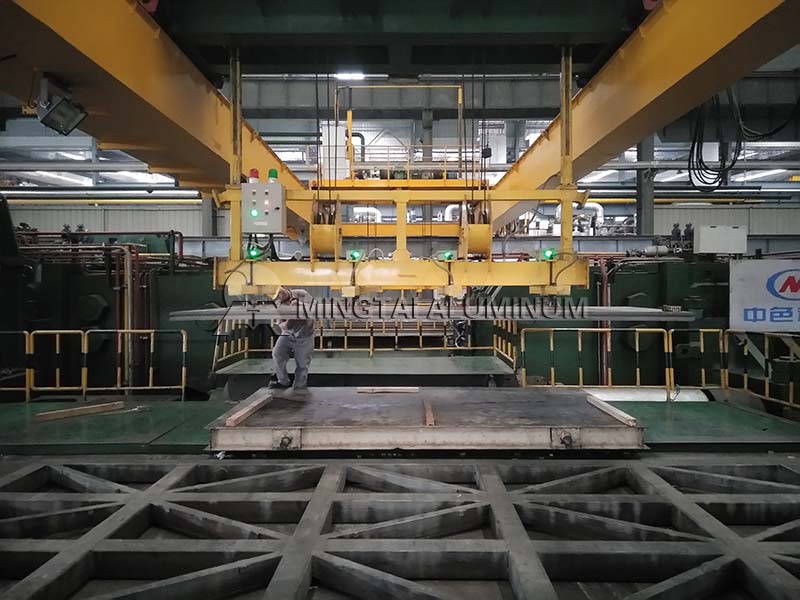
The influence of iron and silicon elements:
Iron in Al-Cu-Mg-Ni-Fe forged aluminum alloy, Silicon in Al-Mg-Si forged aluminium and in Al-Si welding rods and Al-Si forged alloys,both of them added as alloying elements. In other aluminum alloys, silicon and iron are common impurity elements, which have a significant impact on the alloy function.They exist mainly in the form of FeCl3 and free silicon.When silicon is larger than iron, the phase of beta-FeSiAl3 (or Fe2Si2Al9) is formed, while when iron is larger than silicon, the phase of alpha-Fe2SiAl8 (or Fe3Si2Al12) is formed.When the ratio of iron to silicon is not appropriate, it will cause cracks in the casting. When the iron content in the cast aluminum is too high, brittleness will occur in the castings.
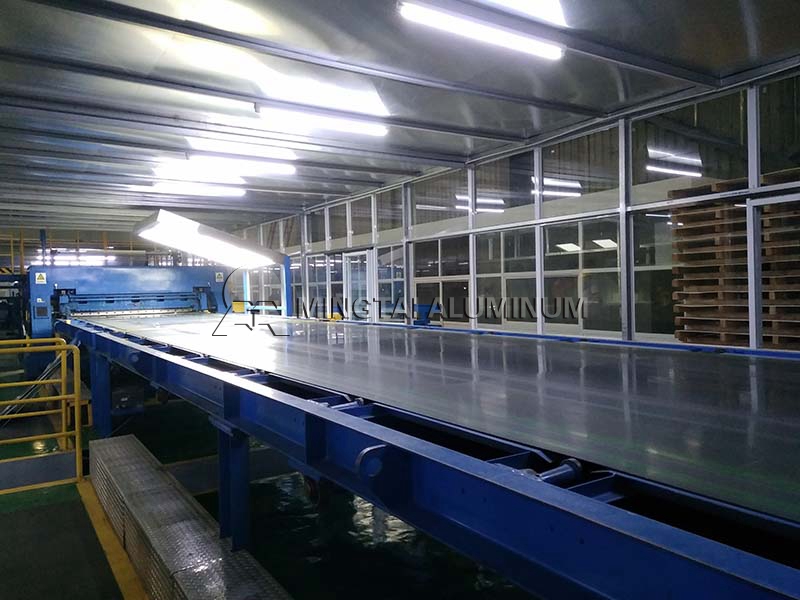
The influence of titanium and boron elements:
Titanium is an additive element commonly used in aluminum alloys,which is added in the form of Al-Ti or Al-Ti-B master alloy. Titanium forms a TiAl2 phase with aluminum, which becomes the non-spontaneous core of crystallization and plays the role of refining forging microstructure and weld microstructure.The critical content of titanium is about 0.15% when Al-Ti alloy produces ladle reaction, and the deceleration is as small as 0.01% if boron exists.
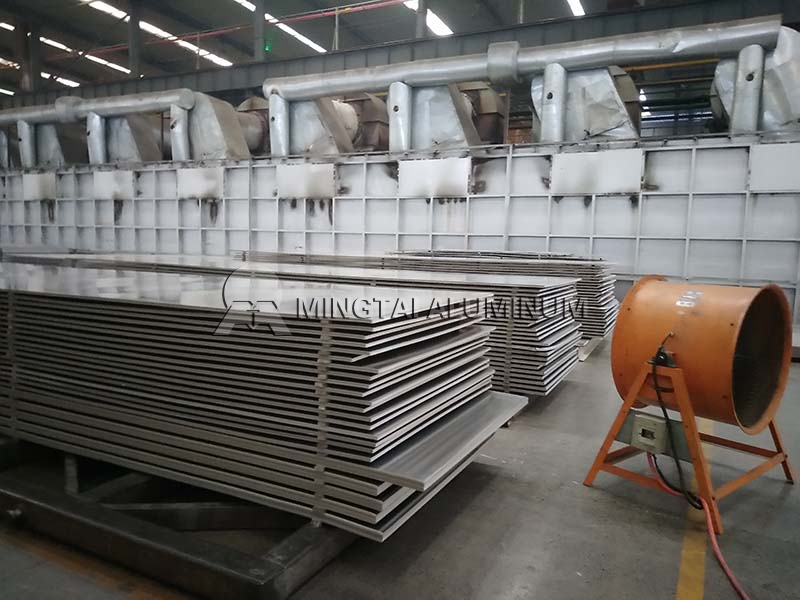
The influence of chrome and antimony elements:
In the aluminum alloy for extrusion, 0.015% to 0.03% of strontium is added. The β-AlFeSi phase in ingot is transformed into Chinese characters α-AlFeSi phase.Reduce the average ingot time by 60%-70%,improve the mechanical function and plasticity of materials; improve the surface roughness of products.The addition of 0.02%-0.07% strontium in wrought aluminium alloys with high silicon content (10%-13%) can reduce the primary crystallization to the minimum and improve the mechanical properties. The tensile strength of the aluminum alloy is increased from 233 MPa to 236 MPa, yield strength б0.2 is increased from 204 MPa to 210 MPa, and the elongation percentage is increased from 9% to 12%.The addition of strontium to hypereutectic Al-Si alloy can reduce the size of primary silicon particles, improve the plastic processing function, and can be hot rolled and cold rolled smoothly.





